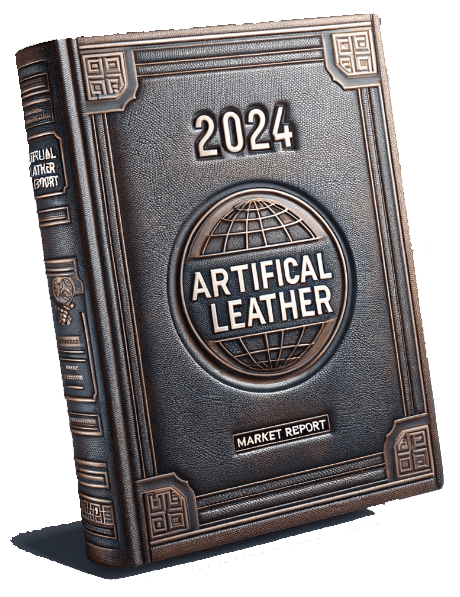In the world of textiles and upholstery, faux leather stands as a subject of both intrigue and misconception. But what is this material that has become increasingly popular in various industries?
Understanding Faux Leather: More Than Just a Leather Substitute
Faux leather, a synthetic alternative to traditional leather, is crafted from plastic-based materials such as polyurethane or PVC. It’s revered for its versatility, durability, and affordability, making it a go-to choice for various applications, from fashion to furniture.
Is Faux Leather Comparable in Quality to Real Leather?
While faux leather may not develop the same patina as real leather, its resilience in various conditions makes it a practical choice for numerous applications.
A study by Hafez et al. (2015) investigates the physical and functional properties of faux leather, providing insight into its characteristics compared to real leather (Hafez et al., 2015).
While real leather boasts a unique texture and aging process, faux leather holds its own with its ability to mimic these qualities and offer added durability and versatility. Kaur et al. (2018) explore the creative applications of faux leather in fashion, demonstrating its versatility and appeal (Kaur et al., 2018).

What Materials Constitute Faux Leather?
Faux leather is primarily made from a plastic base, treated with elements like wax, dye, or polyurethane. Gurera and Bhushan (2018) discuss the fabrication of synthetic leather with superliquiphobic properties, emphasizing the innovative aspects of faux leather manufacturing (Gurera & Bhushan, 2018).
Understanding the Durability of Faux Leather: How Long Does It Last?
The lifespan of faux leather depends on its quality and maintenance. Research by Hafez et al. (2015) also provides insights into the durability of faux leather, emphasizing its longevity under proper care (Hafez et al., 2015).

Exploring the Versatility of Faux Leather in Various Industries
Faux leather’s adaptability makes it ideal for use in fashion, furniture, and more. Its ability to cater to diverse specifications makes it a valuable material in multiple domains. The study by Kaur et al. (2018) further supports this versatility (Kaur et al., 2018).
In Conclusion: The Future of Faux Leather
Faux leather continues to evolve, pushing the boundaries of innovation and sustainability. As we embrace these advancements, the possibilities for faux leather only broaden, making it a material worth considering for a variety of projects. Jung et al. (2016) discuss the development of eco-friendly faux leather, emphasizing its potential for ethical and sustainable consumer choices (Jung et al., 2016).



